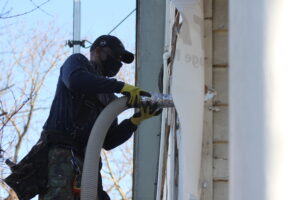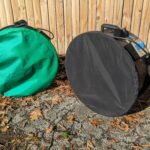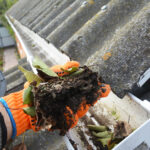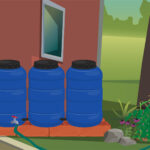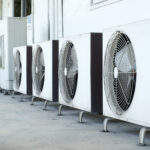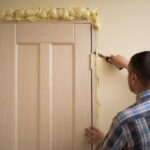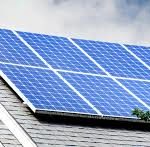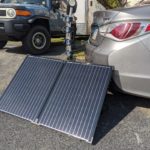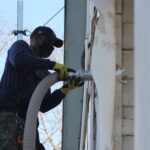Like every house, every crawlspace is different and should be closely examined prior to treatment. Here is a quick guide to inform and help homeowners properly treat their crawlspace. Not only will treating your crawlspace help keep your air healthy but it can also save you money on your electric bill.
Treatment of an open crawlspace
When treating an open crawlspace, two options are available: 1) Leave it open or 2) turn it into a closed crawl. If you decide to leave the crawl open, consider the following:
Ventilation
In an open crawlspace, ventilation is extremely important to counteract moisture. According to the 2012 IRC code, one sqft of ventilation is required for every 150 sqft of under floor space if no vapor barrier material is used.
Vapor Barrier
If the proper amount of ventilation cannot be achieved, a vapor barrier should be considered. The vapor barrier must extend 6 inches above grade on all vertical walls/pillars and must be sealed along all vertical walls, pillars, and all joints as well as the crawlspace floor.
Insulation
In an open crawlspace, insulation should be installed on the ceiling (floor system) of the crawlspace. insulation added to a ceiling over an unconditioned basement or crawlspace must be R-19 with full contact (Air barrier on all sides).
The image below shows an open crawlspace that has been treated with insulation foam.

Importance of Moisture Control
Moisture may seem harmless, but it can do a ton of structural damage to your home. Moisture leads to mold growth which can damage your house, cause allergies, and make the air less healthy. Therefore, crawl space moisture control is your first step to protecting your environment.
That is why it is imperative to install a vapor barrier to help keep the moisture out. You should also make sure that your gutters direct water away from your house and that your sidewalks are sloped so that water runs away from your crawlspace. Also, research curtain drains. These solutions can help keep your crawlspace dry. If you have a significant moisture problem, a sump pump can help. A sump pump is a small device that sucks water from your crawlspace and sends it out away from your home to keep your crawlspace from flooding.
Hope you learned a lot from this guide! Give us a call so we can conduct an energy audit and help treat your crawlspace!


